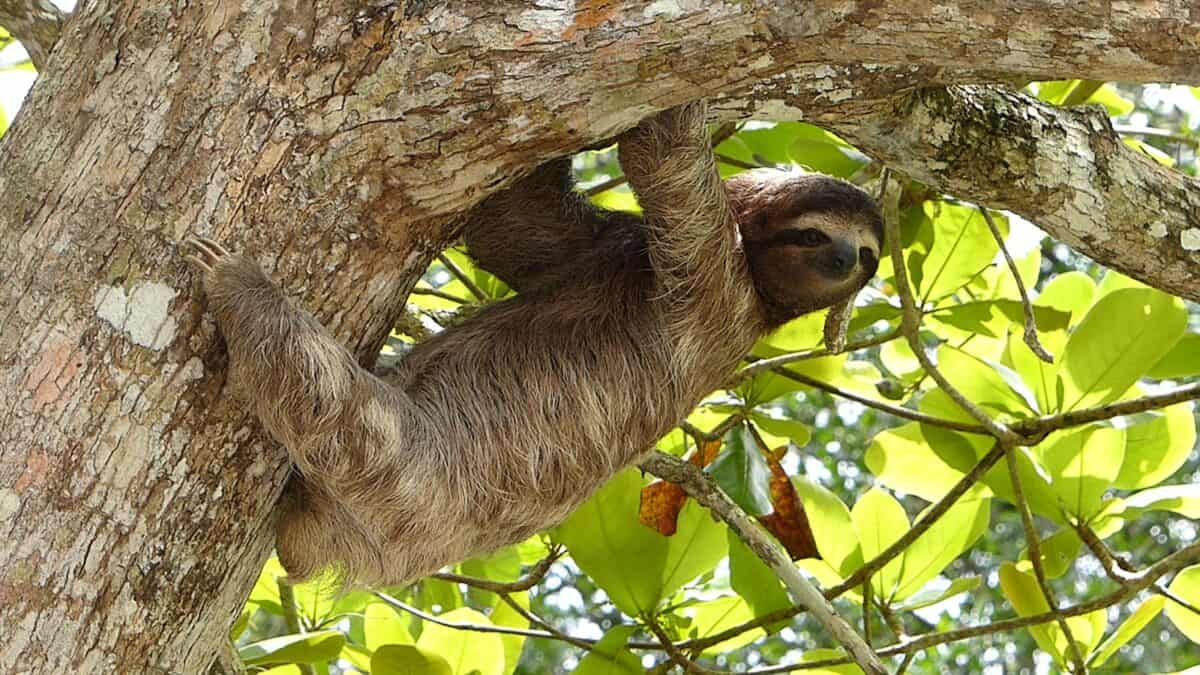The rainforest, a verdant and vibrant ecosystem teeming with life, is home to one of nature’s most enigmatic and captivating creatures: the sloth. Known for its slow, deliberate movements and endearing facial expressions, the sloth has captured the imagination of people around the world. Despite their popularity, sloths remain one of the rainforest’s best-kept secrets, leading intriguing lives obscured by the dense foliage they call home. This article delves into the unique lifestyle and adaptations of these fascinating mammals, revealing why they are such an essential part of the rainforest ecosystem.
The Distinctive Characteristics of Sloths
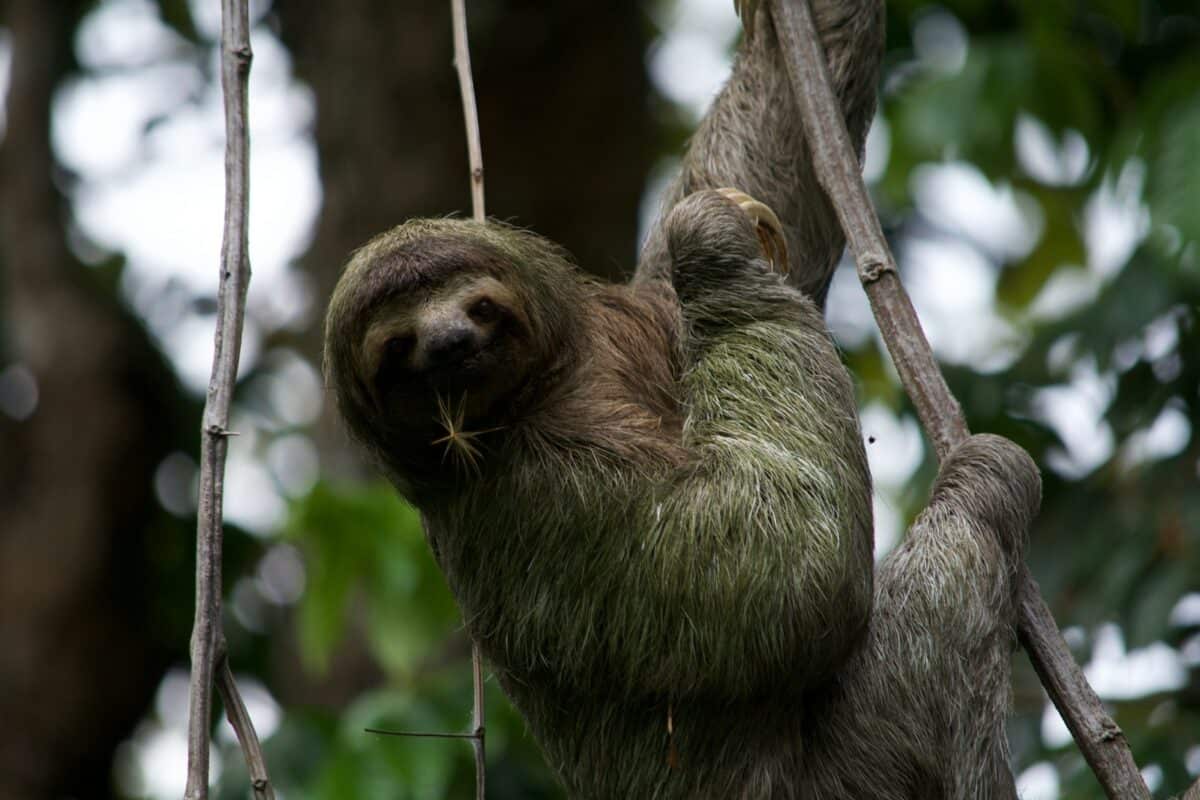
Sloths belong to the order Pilosa and are closely related to anteaters. There are six species of sloths divided into two families: the two-toed sloths and the three-toed sloths. Despite their name, both families actually have three toes on their hind limbs; the distinction arises from the number of fingers on their forelimbs. These arboreal creatures are characterized by their long limbs, specialized claws, and slow metabolic rate, allowing them to conserve energy as they navigate their treetop habitats.
Life at a Leisurely Pace
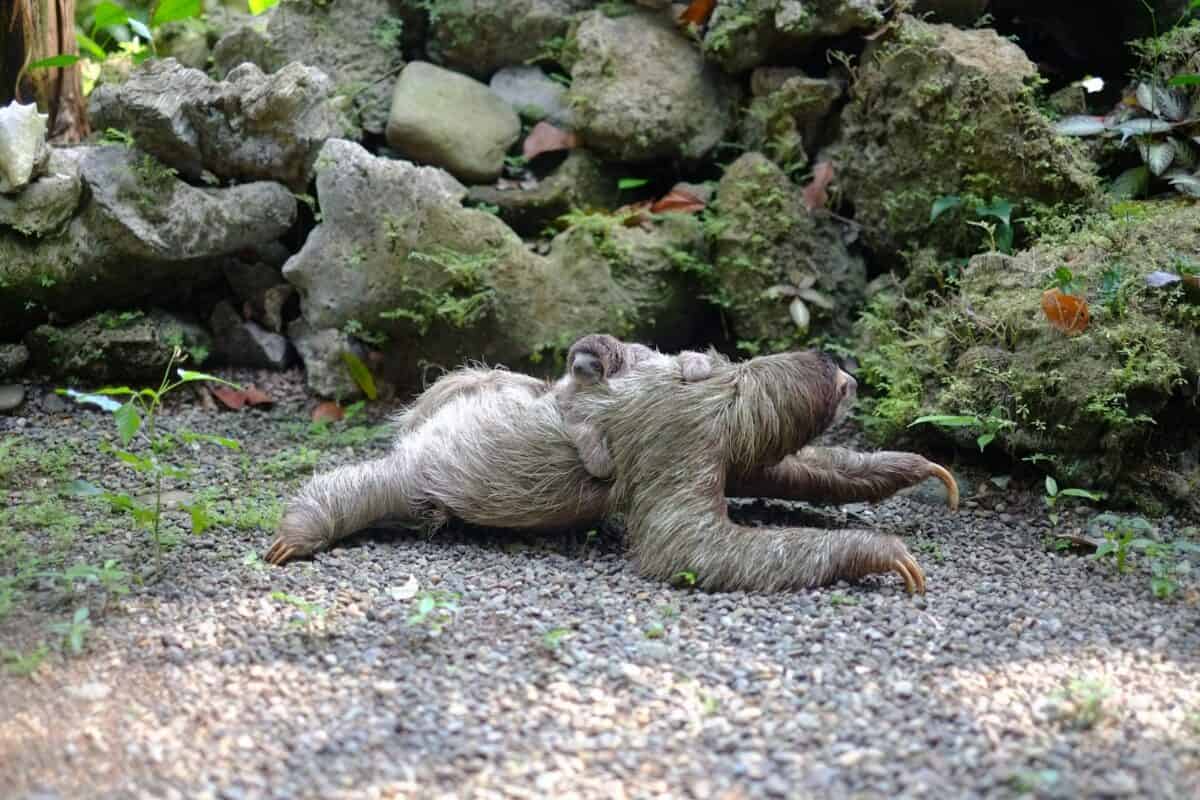
One of the most notable features of sloths is their leisurely pace. Averaging just about 0.24 kilometers per hour, sloths set the standard for slow motion. This sluggishness is not merely an eccentricity but a strategic adaptation to their calorie-sparse diet. Sloths primarily feed on leaves, which are low in nutrients and take a long time to digest. As a result, sloths have evolved a low-energy lifestyle that includes spending 15 to 20 hours per day resting or sleeping.
Anatomy and Adaptations
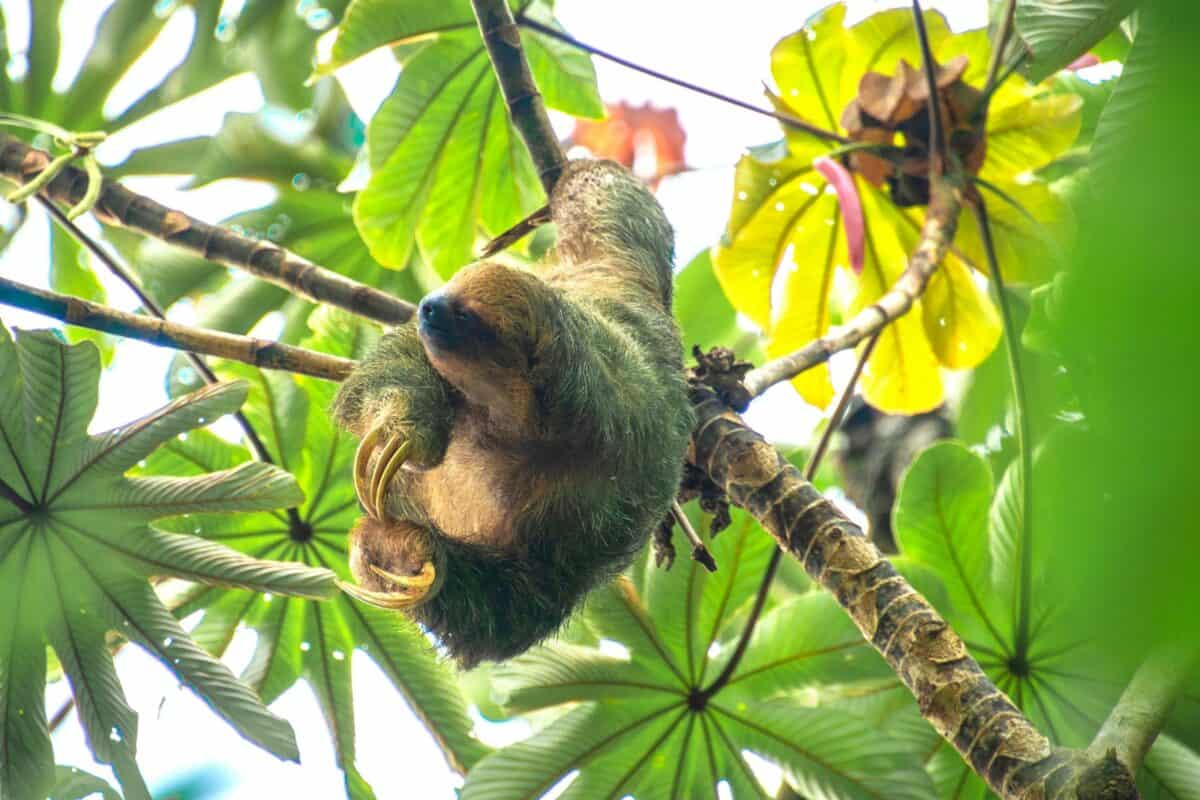
Sloths have several unique anatomical features that aid in their survival. Their long, curved claws, measuring up to four inches, are perfect for gripping tree branches, allowing sloths to hang effortlessly upside down. This posture is crucial, as their main defense mechanism is avoidance—staying still and blending into the canopy to avoid predators. Their thick, wiry fur also encourages the growth of algae, providing excellent camouflage in the trees.
A Complex Digestive System
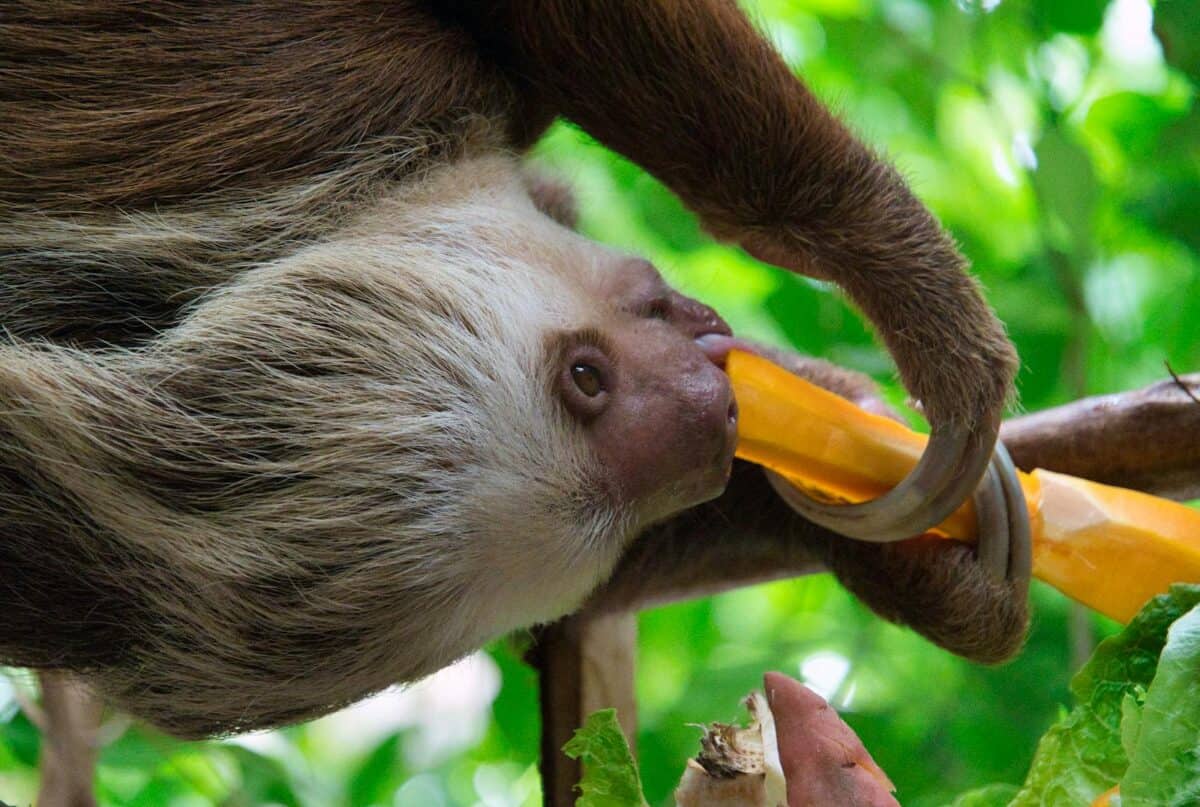
The sloth’s digestive system is as specialized as its lifestyle. It consists of a multi-chambered stomach that harbors symbiotic bacteria necessary for breaking down cellulose from plant material. This slow digestion process can take up to a month to complete, which is why a sloth’s stomach can make up to a third of its body weight. Digestive efficiency is key to maximizing energy intake from their leafy diet.
Role in the Ecosystem

Sloths play a critical role in the rainforest’s ecological balance. By consuming leaves and small branches, they contribute to the control of plant growth and promote the health of tree communities. Furthermore, the algae that grow on their fur serve as a food source and habitat for many invertebrates, creating micro-ecosystems. Additionally, sloths contribute to nutrient cycling by dispersing seeds through their feces, promoting forest regeneration and biodiversity.
Conservation Concerns
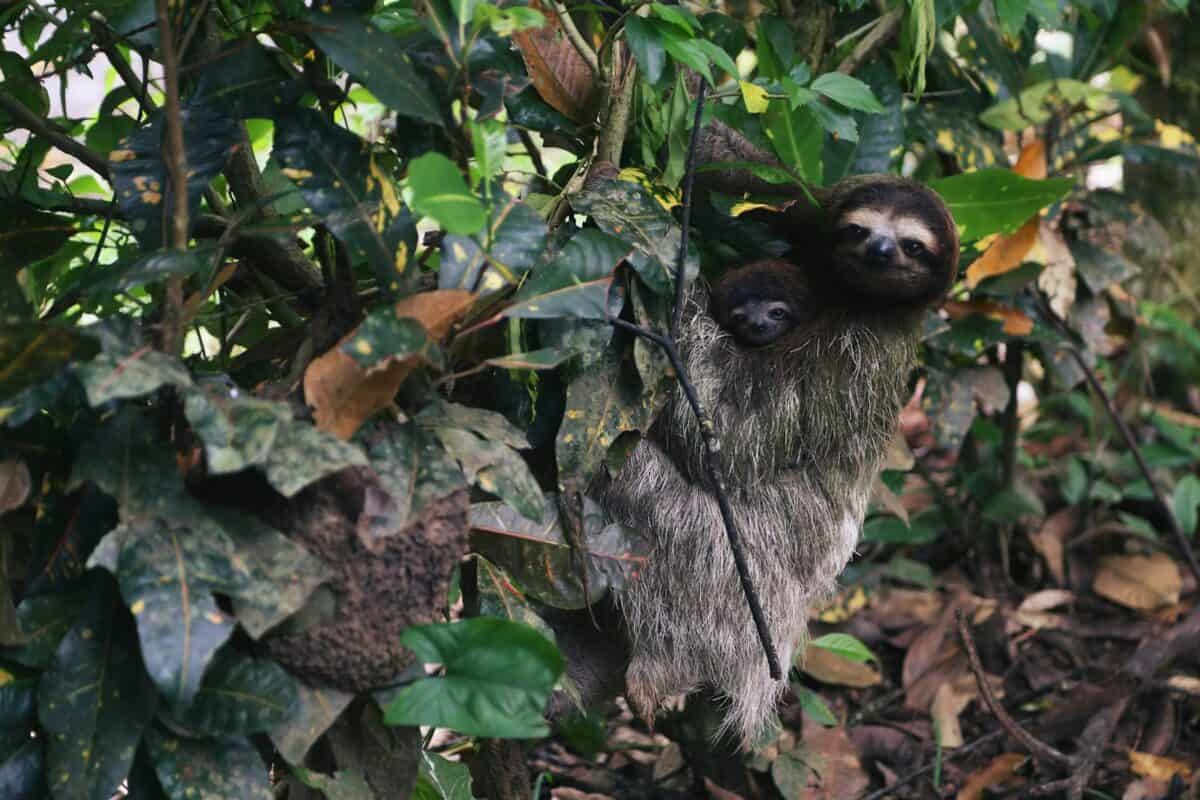
Despite their ecological importance, sloths face numerous threats. Deforestation and habitat destruction pose significant risks to their populations. As human activities encroach further into rainforest areas, sloths are forced to navigate fragmented habitats, making them more vulnerable to predators and road traffic. Conservation efforts focused on habitat preservation and restoration are critical to ensuring the future survival of these gentle creatures.
Protecting a Unique Species
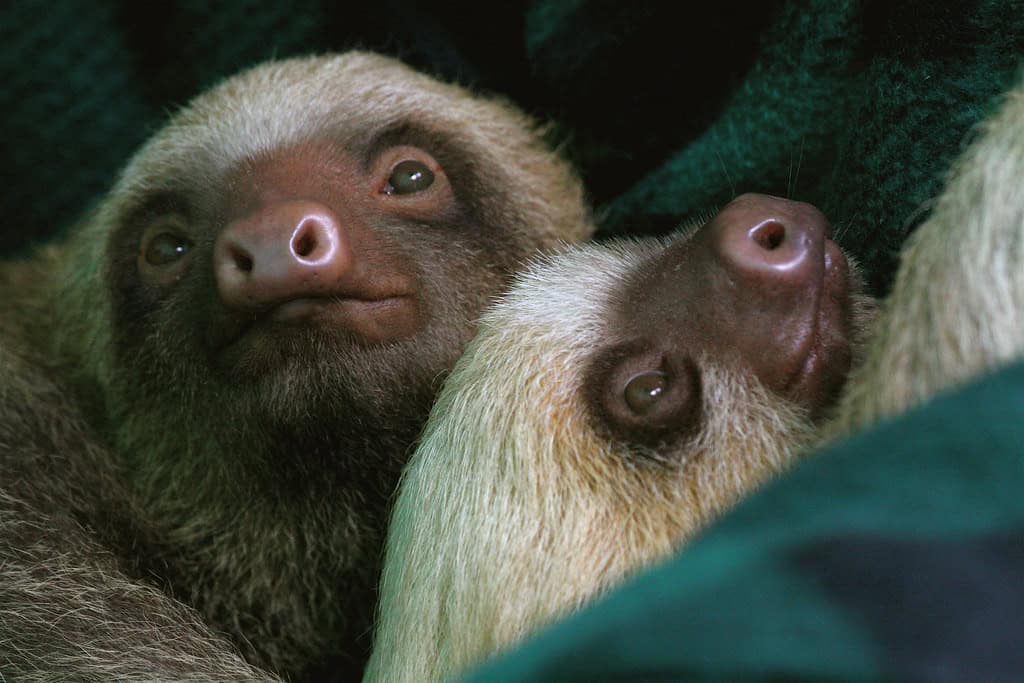
Sloths, with their slow-paced lives and unique adaptations, offer invaluable insights into the complexity of rainforest ecosystems. As symbols of the delicate balance that exists within these vibrant environments, they remind us of the importance of preserving biodiversity. By protecting sloths and their habitats, we contribute to the health of the rainforest and the countless species that depend on this incredible environment.
- 12 Animals That Work Together to Survive in the Wild - August 14, 2025
- The Secret Role Wolves Play in Keeping Forests Healthy - August 13, 2025
- The Bird That Travels 15,000 Miles a Year Using the Stars for Navigation - August 13, 2025

